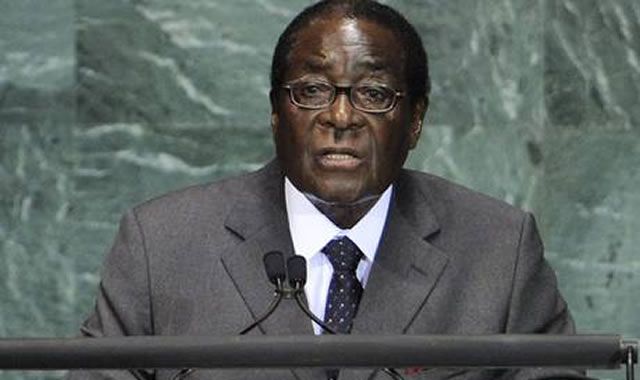Industrialisation strategy heralds economic Uhuru

SOUTHERN African leaders have approved a strategy and roadmap to promote industrialisation in the region in a move meant to ensure member states harness the full potential of their vast and diverse natural resources. The Southern African Development Community (Sadc) Extraordinary Summit said the Industrialisation Strategy and Roadmap is anchored on three pillars, “namely Industrialisation, Competitiveness and Regional Integration”.
“Summit approved the Sadc Industrialisation Strategy and Roadmap and reaffirmed the importance of industrial development in poverty alleviation and the economic emancipation of the people of the region,” read a communiqué issued at the end of the summit held in Harare on April 29.
The message from the summit was clear – Southern Africa has the capacity to become a dominant force in global affairs if the region adds value to its vast natural resources before exporting them.
President Mugabe said the strategy will ensure that the Sadc region fully benefits from its vast natural resources.
At present, Sadc member states are getting very little in return since their resources are usually exported in their raw form, with most of the value-addition and beneficiation taking place outside the region, thus benefiting other coun- tries.
“Our region is endowed with abundant and diverse natural resources,” President Mugabe, who is the Sadc chairperson, said, adding that the mineral sector, for example, contributes about 55 percent of the world diamond production while the platinum group of metals contribute about 72 percent.
“But alas, despite the rich and diverse endowments of our region, about 70 percent of our people continue to live below the poverty datum line,” he said.
He said it is, therefore, imperative for the region to address this disparity to allow Sadc countries to use their natural resources to finance socio-economic developments in the region.
“It is only through adding value to our products that we can make the first step. If we continue as net exporters of raw materials, we are sure to remain trapped in the jaws of underdevelopment, while those who add value on our behalf flourish at our expense,” he said.
The strategy, whose drafting was spearheaded by a team of regional and national consultants appointed by the Sadc Secretariat, covers the period 2015-2063, and aims to provide the framework for major economic and technological transformations at the national and regional levels within the context of deepening regional integration.
“I am confident that the strategy, if implemented effectively, has the potential of unlocking opportunities beyond our borders, leading to sustained economic growth and development,” President Mugabe said.
He noted that during the implementation phase, it will be important for the region to focus more on key enablers such as infrastructure development, energy, as well as research and development to enhance the effectiveness of the strategy.
With regard to the financing model for the strategy, it is imperative for Sadc to work out an effective mechanism to fund the action plan, Mugabe said.
“We cannot expect those who benefit from our status as exporters of raw materials to fund our efforts to wean ourselves from the unequal relationship, a relationship in which they have the prerogative of dictating the terms of trade,” he said.
“Just as we were our own liberators from the colonial bondage and oppression, we have to find the resources to free ourselves from economic bondage. In short we have to fund our industrialisation strategy.”
Sadc Executive Secretary Dr Stergomena Lawrence Tax concurred, saying that it was critical for all stakeholders to work together in implementing the strategy.
She said it is encouraging that the private sector has already shown its commitment to support governments to boost socio-economic development in the region.
“I am happy to inform you that the private sector is already gearing itself up to walk the journey of industrialisation of the region with a conference that is taking place in the margins of this summit. Such efforts are commendable and encouraged,” she said.
“I am hopeful that with this spirit, the region has been set on the right path for growth and development. We look forward to continued commitment by member states in the creation of an enabling environment, including the provision of the necessary resources and capacities as critical success factors for the implementation of our strategy.”
She said development of the strategy has been instructive in finalising the Revised Regional Indicative Strategic Development Plan (RISDP), which was also approved by the extraordinary summit.
The RISDP is a 15-year strategic plan approved by Sadc leaders in 2003 as a blueprint for regional integration and development. The plan has been under review as part of efforts to realign the region’s development agenda in line with new realities and emerging global dynamics, and has now taken into account issues of industrialisation.
The Sadc Extraordinary Summit is a follow-up to 34th Sadc Summit held in August 2014 that mandated the Ministerial Task Force on Regional Economic Integration to develop a strategy and roadmap for industrialisation in the region.
The theme for the 34th Sadc Summit was “Sadc Strategy for Economic Transformation: Leveraging the Region’s Diverse Resources for Sustainable Economic and Social Development through Beneficiation and Value Addition”. — sardc.net.









Comments